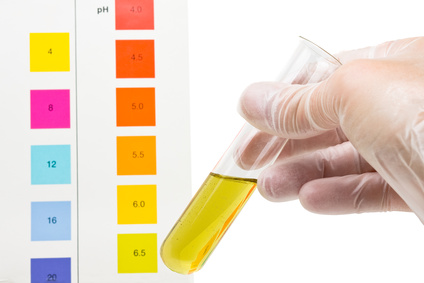Learn Geography Online
One important factor that effects soil fertility is the pH. This is defined as the ratio of ions of hydrogen with a positive charge H+ called cations and ions of hydroxide -OH with a negative charge called anions. A high amount of H+ ions makes the soil very acidic and this is expressed as a negative logarithm. For example 10 to the power of -7g ions /litre are the amount of hydrogen ions in pure water as the alkaline factor increases, the hydrogen ions go down to a maximum of 10 to the power of -14 ions/litre (Etherington p103-104, Environmental and Plant Ecology 1976 Pitman Press Bath). Most soil particles are surrounded by a thin layer of water. The colloidal particles have a negative charge and these consequently attract cations of a positive charge. The cation exchange capacity is the number of cations in the soil solution that are freely exchangeable with cations on the colloidal particles. The cation exchange capacity is a very important factor in determining the soil fertility because many plants get much of their nutrients from cation exchange and this is much higher in wetter climates where soil is more acidic (Pears, p45 Basic Bio-geography Longman Group Ltd 1977&1985).
Plants release organic agents that come together with iron manganese copper and zinc to prevent them from combining with other elements in the soil and therefore becoming insoluble When they are soluble they therefore can be used as nutrients by plants (Pears 1985 p45-46).
High pH values can be very important because these organic metallic cations of copper and zinc to mention a few can therefore remain in the soil solution (as opposed to non organic forms) and therefore be more available to be taken as plant nutrients. This factor of soil fertility not only prevents the excess of hydrogen cations but also prevents defalcation of clays. This preserves the structure of soil (Etherington p103-104).
The wetness of soil and it’s pH level appear to be linked. Regarding the case for peat bogs for example long term soils do increase their acid content and the water logging also makes soils less able to diffuse oxygen. This therefore makes many soils become anaerobic.
